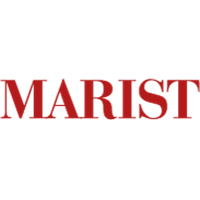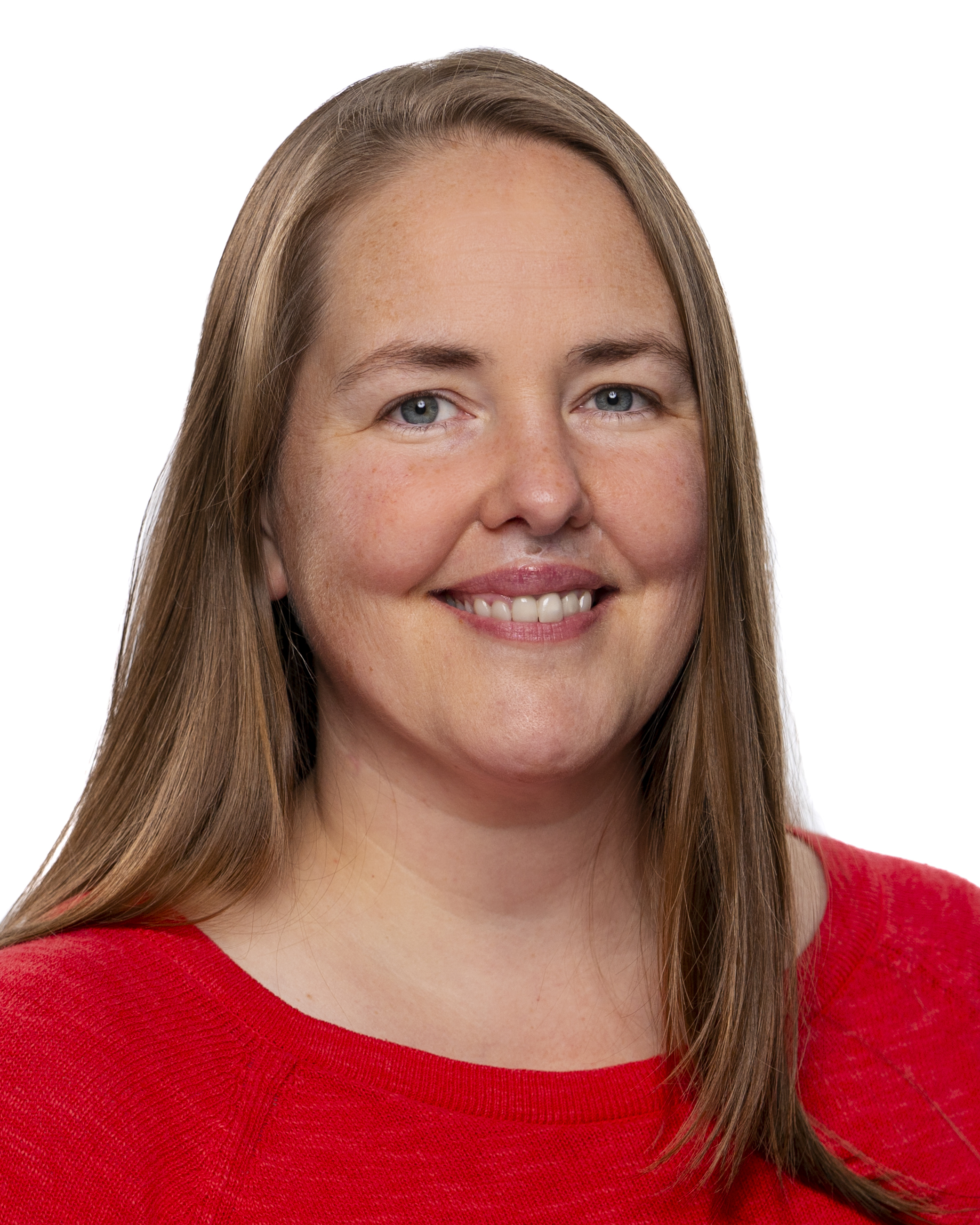Below is a summary of the abstract you submitted. Presenting author(s) is shown in bold.
If any changes need to be made, you can modify the abstract or change the authors.
You can also download a .docx version of this abstract.
If there are any problems, please email Dan at dar78@pitt.edu and he'll take care of them!
This abstract was last modified on May 31, 2024 at 7:50 a.m..

Cluster AW phage are lytic phage which infect the host Arthrobacter globiformis. To date, fifteen phage have been identified in this cluster – three of which have come from Marist College, and fourteen of which come from either New York State or Pennsylvania (Indiana joined the party with DoctorPepper, found in 2023). Interestingly, this theme of 14/15 cluster AW phage being highly similar continues throughout other observations. Their genomes are highly similar with sizes ranging from 54,188-54,780 (14 of 15 from 51,188-54,530) and GC% ranging from 50.3 to 51.8 (14 of 15 from 51.6-51.8%). The outlier phage defined by each piece of data is never the same phage – DoctorPepper, Sporto, and MrAaronian each differ from their “peers” by these pieces of data. This poster will include information from the identification & annotation of ProfFrink, and data from preliminary comparisons between the cluster members. When the cluster AW phage are analyzed in SplitsTree, a tightly clustered group with one outlier is yet again seen. Several of our students would like to follow up on these observations in the next year, and we hope to generate discussion and ideas for more extensive investigation into the similarities and differences between cluster AW phage, including suggestions for bioinformatic analysis and potential wet-lab experiments such as analysis of multiplicity of infection (MOI) for these highly-related phage.

